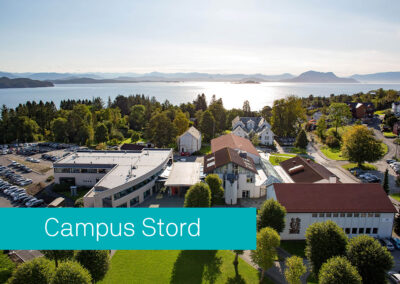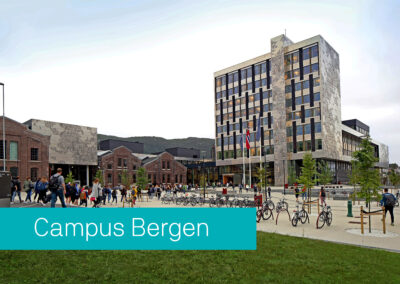HVL Western Norway University of Applied Sciences
The Western Norway University of Applied Sciences came into being in 2017 as the result of a merger between three colleges, each integrated parts of their smaller regions. As an educational institution, its local roots go back to the 1830s. In its modern form, it is a university with a professional-oriented profile targeting the needs of the region’s labour market. At the same time, it has a strong focus on research, and the university is aware of its role as an international representative of the region.
“Sustainability” is a key component of the university’s operations, built on the basic understanding that sustainable development must take place in an international perspective. In recent years, new disciplines have been established to meet the challenges of sustainable mobility, like Responsible Innovation, Sustainable Energy Transition, Maritime Operations and Energy an Environmental Technologies.
The Western Norway University of Applied Sciences’ major disciplines are Teacher Education, Public Health, Business Administration and Engineering.
There are five doctoral programmes in:
- Computer Science: Software Engineering, Sensor Networks and Engineering Computing
- Health, Function and Participation
- Studies of Education and Pedagogical Practices
- Nautical Operations
- Responsible Innovation and Regional Development
Local environment
The western part of Norway has always played a key role in the country’s innovation and industrial development. Its proximity to natural energy sources – water, ocean and wind – and natural resources – fish and oil – has provided a foundation for rich and bustling local communities of all sizes. Throughout history, the communities of the coastline and fjords of Western Norway have formed part of international networks through seafaring and trade. Here there are people and places who are aware of their history and have had an international and future-oriented outlook.
The Western Norway University of Applied Sciences is a key player in this region, with campuses in both rural and urban areas, and it works closely with municipalities, businesses and public institutions. The five campuses are spread across Western Norway. It is 300 kilometres from Førde in the north to Haugesund in the south, and in between Sogndal, Bergen and Stord.


VIVES University of Applied Sciences
Key Figures:
- 14 500 students
- 1 200 staff
- 6 faculties
- 6 research units
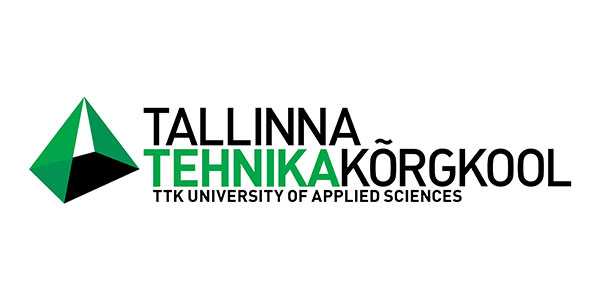
TTK University of Applied Sciences
Key Figures:
- 3 062 students
- 200 staff
- 6 faculties
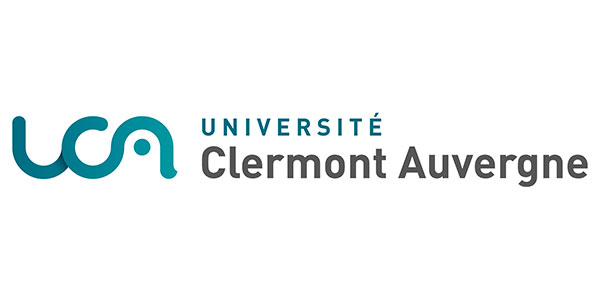
UCA Clermont Auvergne University
Key Figures:
- 39 000 students
- 3 700 staff
- 20 faculties
- 40 research units

OTH East Bavarian Technical University
Key Figures:
- 11 060 students
- 1 175 staff
- 8 faculties
- 120 research units
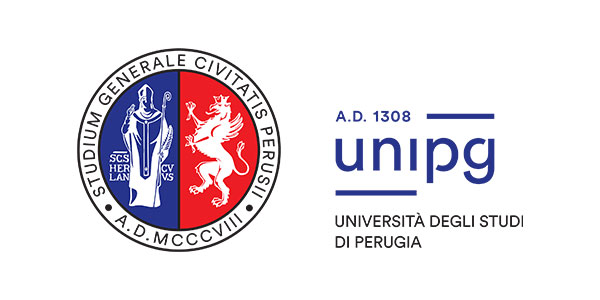
UniPG University of Perugia
Key Figures:
- 31 708 students
- 1 964 staff
- 14 departments
- 49 research units

HVL Western Norway University of Applied Sciences
Key Figures:
- 16 500 students
- 1 700 staff
- 4 faculties
- 115 research units
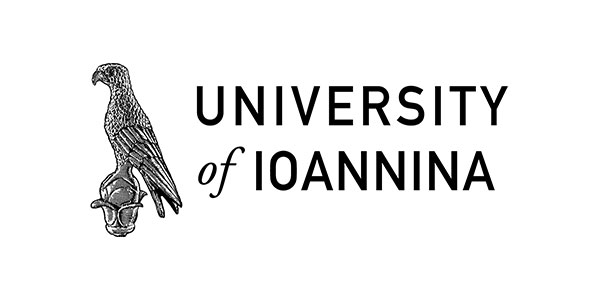
UoI University of Ioannina
Key Figures:
- 34 906 students
- 1 455 staff
- 11 faculties/ 23 departments
- 29 research units

OUC Ovidius University of Constanța
Key Figures:
- 17 000 students
- 1 070 staff
- 16 faculties
- 20 research units
ARTEMIS is a European university alliance that sparks innovation across Europe by leveraging mobility, collaboration, and regional strengths.



